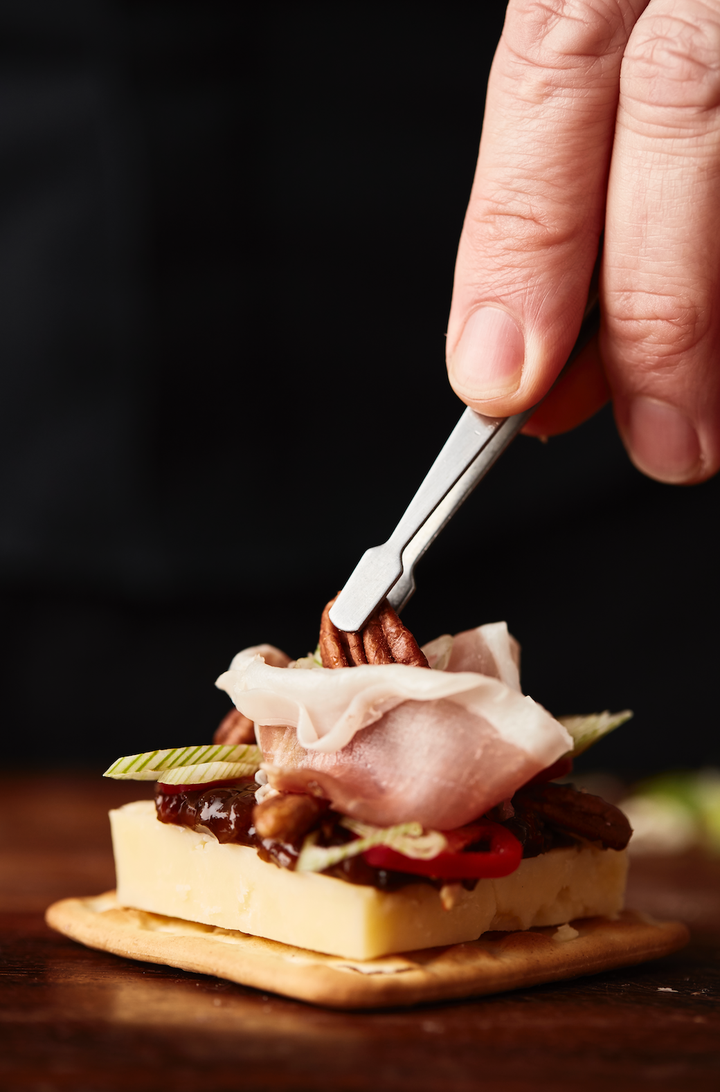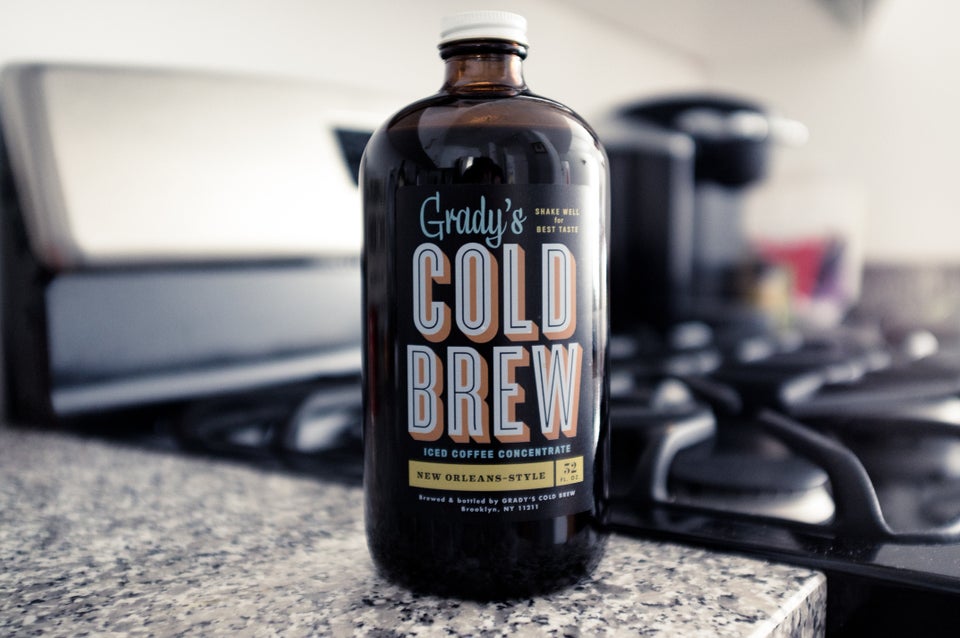An Oxford University scientist claims to have discovered the best way to make cheese and crackers for maximum enjoyment.
According to Charles Michel, the ultimate cheese and cracker combo incorporates all five tastes: salt, sweet, sour, bitter and umami.
With this in mind, his creation includes some unconventional additions, such as honey and prosciutto.
He also insists the right balance of flavour is key, so using the correct measurement of each ingredient and layering the ingredients in the right order is essential.

Michel says the first step to making the perfect cheese and cracker is finding the right base.
The scientist teamed up with Jacobs to conduct the research and says where crackers are concerned it’s a case of “the crunchier the better”. With this in mind, he recommends using a fresh Jacob’s Cream Cracker straight from the packet.
He says there are five additional layers you must consider in order to create cheese and crackers fit for a king:
1. Sonic layer
“Sound is the forgotten flavour sense; the sound made by a food really can make it taste better, so a cheese and cracker pairing must have both soft and crunchy components. Therefore, an additional layer of a contrasting texture on top of the cracker enhances our pleasure.”
2. Umami layer
“Adding Umami-rich elements to cheese will increase the deliciousness and mouthfulness. In small quantities, strong-flavoured, Umami packed foods like anchovies, prosciutto, sun-dried tomatoes, olives, and Marmite, will perfectly complement your cheese and cracker pairing.”
3. Sweet layer
“An element of sweet (such as honey or dried fruit) will balance the taste equation to maximise flavour enjoyment.”
4. Cheese layer
“The piece of cheese must perfectly cover the cracker’s surface by 72%. When served on a Jacob’s Cream Cracker, the slice should measure 5.5cm, by 1cm thickness. Cheese should be served at no less than room temperature (16-20 degrees) so that the texture and flavour intensity is at its best.”
5. Visual / Olfactory layer
“Smell is probably the dominant component of flavour, and depends mostly on the quality and freshness of the ingredients. It is commonly known that “we eat with our eyes first”, so food must look good to be enticing, and is a determining aspect of the enjoyment of the overall experience – so make it colourful and artistic.”
